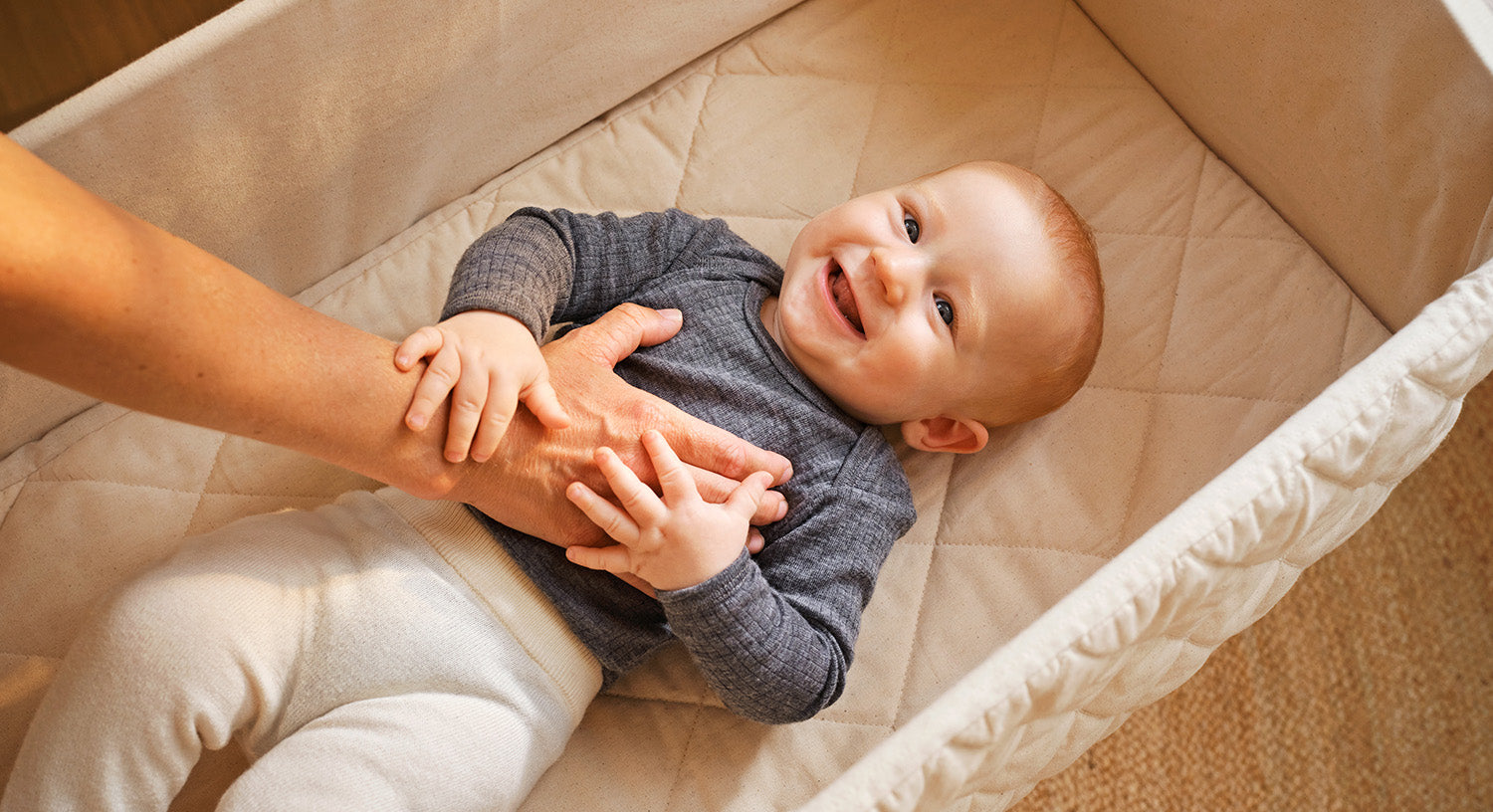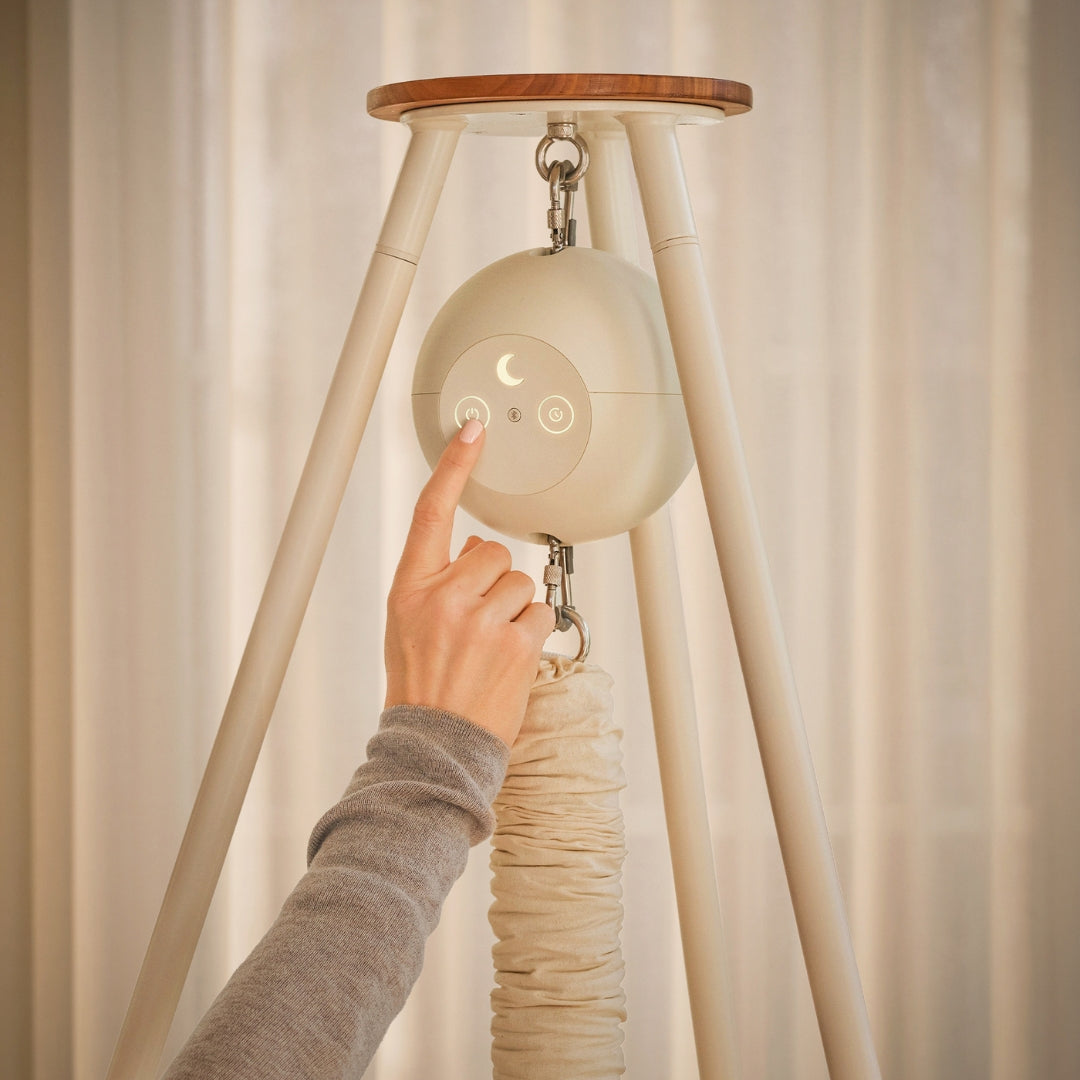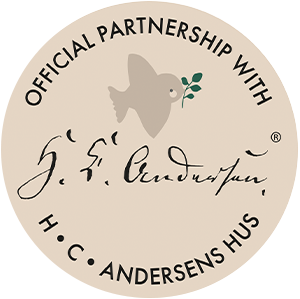


Smiles are contagious, no matter the context. If you are already a parent to a happy little baby, you probably know this firsthand. And if you are soon to be, you will quickly discover that there is nothing quite as heartwarming as your baby flashing you a big grin or letting out an adorable little laugh.
That first smile is something truly special, but it can take a little while before babies start smiling on purpose. So when do newborns start smiling, and what is behind those early grins? In this article, we will explore the answers, share ways to encourage those smiles, and offer guidance if you’re feeling unsure about your baby’s progress.
Newborn smile reflex – why do babies smile in their sleep?
It might be hard to believe, but even a small fetus in the womb is capable of smiling. After birth, however, these early smiles tend to appear randomly, most often when your baby is sleeping or dreaming. However, these first smiles are not intentional or in response to anything. Researchers believe that a newborn's smile is a reflex, triggered by sensations being processed in the brain.
At this stage, it is still too early to say that a baby is smiling consciously. Those first tiny smiles are not yet signs that your baby is happy or recognizing you. Genuine, social smiles usually start to appear a few weeks later.
When does a baby smile consciously? Understanding the social smile
Most babies start smiling consciously somewhere between 6 and 12 weeks old. These are known as social smiles, and they are a big milestone in your child’s development. It means your baby is beginning to recognize you, feel happiness, and connect in their own way.
When your baby flashes you their first real smile, it is a moment you won’t forget. As a parent, it can feel like a powerful sign that the love and care you have been giving is starting to come full circle.
You can usually tell the difference between a reflex smile and a real one by paying attention to when and how it happens. Reflex smiles are often brief, spontaneous, and usually appear when your baby is sleepy or drifting off. A social smile, on the other hand, is more purposeful. It shows up in response to something—like hearing your voice, seeing your face, or being gently tickled.
One of the clearest signs is in the eyes. A social smile lights up your baby’s whole face, especially their eyes.
Baby smiles when you smile – how to encourage your little one to smile
That first smile might just look like a tiny twitch at the corner of your baby’s mouth. Then it slowly turns into a funny face. Is it really a smile? As a parent, you can usually tell. There’s something different about the first real smile, and once it happens, you will know.
Smiling is one of the easiest and sweetest ways to connect with your baby. And the more you smile at them, the more likely they are to smile back. It’s a simple but powerful way to bond and build trust.
Here are a few other ways you can gently encourage those first real smiles:
- Play along: Your baby might try to start a little back-and-forth with you by showing a big smile to get your attention. Sometimes they’ll wait until you smile first, then smile right back at you. This is how babies learn to copy what they see, and it is a big part of how they learn. Their whole body might even wiggle with excitement. So if your baby flashes you a smile, smile right back and enjoy the moment together.
- Turn everyday moments into smile time: Diaper changes, feeding, bathtime or even putting your baby to sleep in a baby hammock are all great chances to share a smile. Try talking to your baby about what you’re doing. If they look at you, pause and smile before carrying on. These little moments help your baby feel safe and connected.
- Make eye contact: When your baby is “talking” to you with smiles or sounds, try to stay with them. Look into their eyes and show them you’re really paying attention. It helps them feel seen and loved, and it also teaches them how people connect.
- Be silly together: Babies love silly sounds and faces. If something you do makes your baby smile, try it again! You can make funny noises, sing, or use a toy to keep the fun going. When they seem done or tired, just take a little break and try again later.
- Help them follow faces and toys: Try slowly moving a toy or baby mobile for your baby to watch. This helps them learn how to focus and follow movement with their eyes. As they grow, they will get better at spotting faces and mimicking those expressions.
Smiling as part of baby’s development
Smiling is a huge step in a baby’s development. You will find that as your baby grows, they will begin to understand that flashing a smile or moving their lips can get them attention from you and those around them. This new awareness is a big step in their brain development, and as they become more engaged with the world, their social skills will bloom.
Smiling and interacting with others can also help distract them from common internal sensations, like hunger, gas, or tiredness. By 3 or 4 months, you will notice your little one starting to mirror the facial expressions of people around them, connecting more with everyone they meet.
What happens after your baby’s first smile?
Once your baby smiles for the first time, you’ll likely see other exciting milestones as they grow. After smiling, your baby may start cooing and babbling, experimenting with sounds to interact with you. Around 3 to 4 months, many babies begin to laugh and show different facial expressions. These are all signs that your baby is becoming more social and emotionally connected.
To find out more about what comes next in your baby’s development, check out our week-by-week guide.
What to do if baby is not smiling?
If your baby has not started smiling by 2-3 months, it is likely just because they are moving through their developmental stages at their own pace. Every baby grows and develops differently, and some may take a little longer to reach certain milestones. However, if by 3 to 4 months your baby isn’t showing signs of social interaction, such as making eye contact or reacting to familiar voices, it might be a good idea to consult with your healthcare provider.
Early support can be really valuable and can help ensure your baby gets the care they need.





































